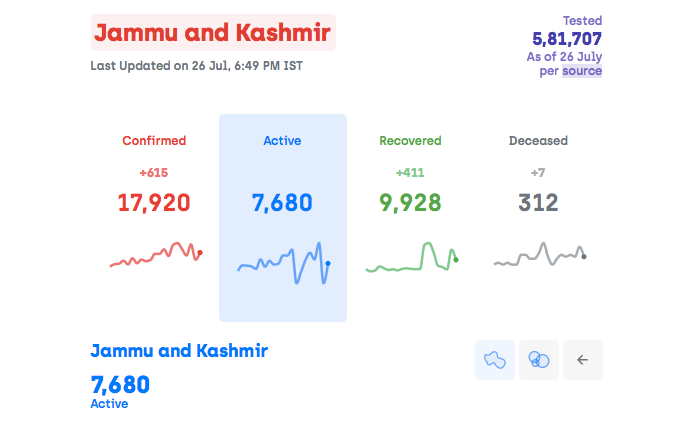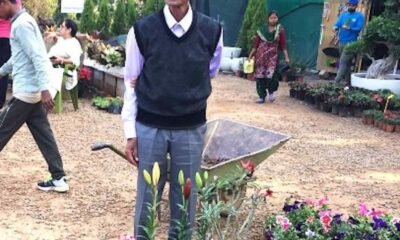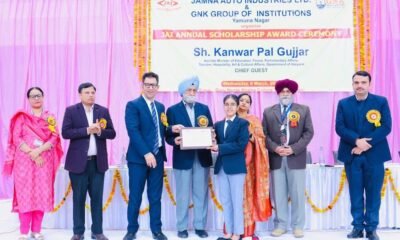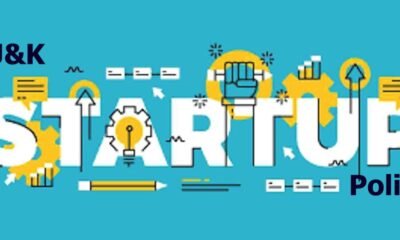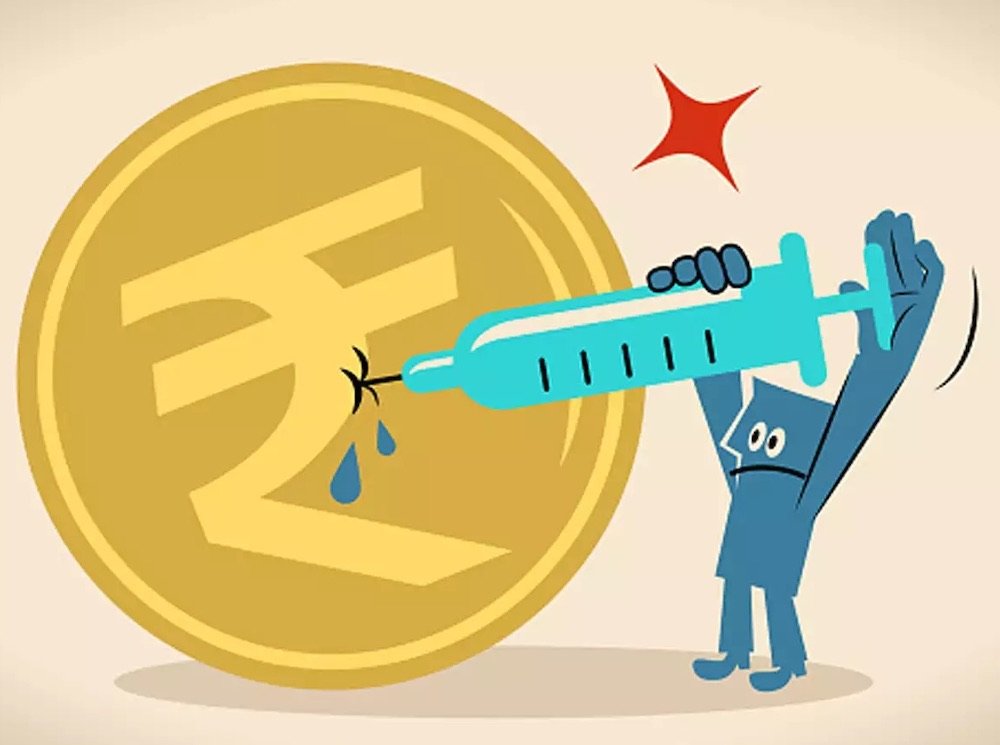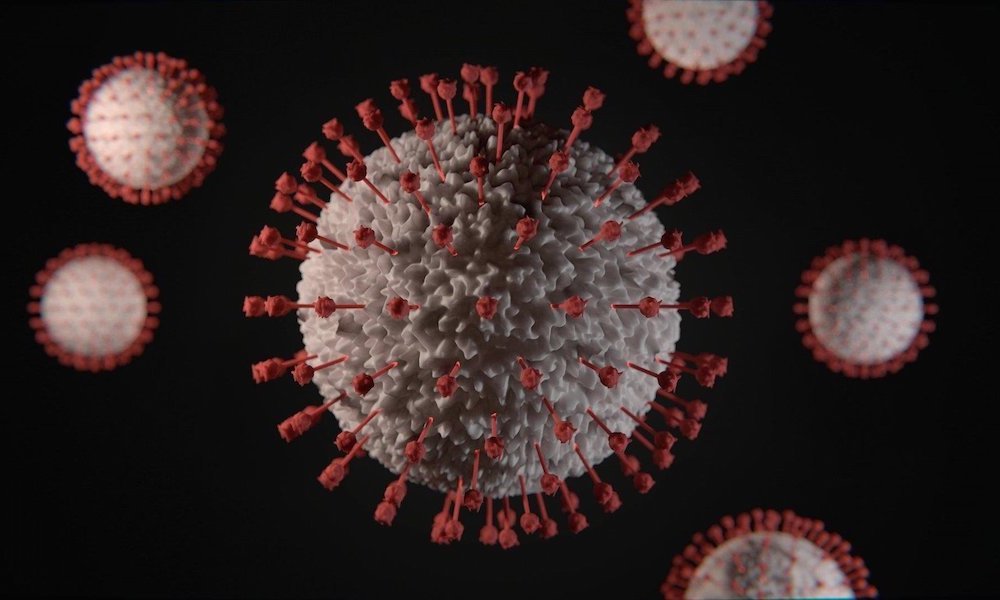Total recorded cases 17920, 312 deaths
BK News
Jammu, July 26: J&K Government on Sunday said that 615 new cases of COVID-19, 136 from Jammu division and 479 from Kashmir division, have been reported on Sunday thus taking the total number of positive cases in Jammu and Kashmir to 17920. Also seven COVID19 deaths have been reported; one from Jammu division and six from Kashmir Division.
Moreover, 411 more COVID-19 patients have recovered and discharged from various hospitals, 41 from Jammu Division and 370 from Kashmir Division.
According to the daily Official Media Bulletin on COVID19, out of 17920 positive cases, 7680 are Active Positive, 9928 have recovered and 312 have died; 23 in Jammu division and 289 in Kashmir division.
The Bulletin further said that out of 581707 test results available, 563787 samples have been tested as negative till July 26, 2020.
Additionally, till date, 354869 travellers and persons in contact with suspected cases have been enlisted for observation which included 44429 persons in-home quarantine including facilities operated by government, 12 in Hospital Quarantine, 7680 in hospital isolation and 40180 under home surveillance. Besides, 262256 persons have completed their surveillance period.
Providing district-wise breakup, the Bulletin said that Bandipora has 632 positive cases (including 41 cases reported today) with 213 Active Positive, 410 recovered (including 14 cases recovered today) and 09 deaths; Srinagar has 4002 positive cases (including 209 cases reported today) with 2331 Active Positive, 1583 recovered (including 65 cases recovered today), 88 deaths; Anantnag district has 1176 positive cases (including 25 cases reported today) with 353 Active Positive, 802 recovered (including 74 cases recovered today), 21 deaths; Baramulla has 1772 positive cases (including 14 cases reported today) with 545 Active Positive, 1164 recovered (including 56 cases reported today), 63 deaths; Shopian has 1390 positive cases (including 27 cases reported today) with 473 Active Positive, 897 recovered (including 11 cases reported today) and 20 deaths; Kupwara has 1035 positive cases (including 17 cases reported today) with 344 Active Positive, 674 recovered (including 30 cases recovered today) and 17 deaths; Budgam has 1128 positive cases (including 88 cases reported today) with 495 Active Positive and 611 recovered cases and 22 deaths; Ganderbal has 349 positive cases (including 31 cases reported today) with 146 active positive cases and 197 recoveries (including 48 cases recovered today) and 06 deaths; Kulgam has 1445 positive cases (including 02 cases reported today) with 447 Active Positive and 972 recoveries (including 56 cases recovered today) and 26 deaths and Pulwama reported 1219 positive cases (including 25 cases reported today) with 592 active positive cases and 610 recovered (including 16 cases recovered today) and 17 deaths.
Similarly, Jammu has 860 positive cases (including 37 cases reported today) with 359 active positive cases and 486 recoveries (including 04 cases recovered today) and 15 deaths; Udhampur has 394 positive cases (including 06 cases reported today) with 94 active positive cases, 299 recovered and 01 death; Samba has 374 positive cases (including 10 cases reported today) with 171 Active Positive and 202 recoveries and 01 death; Rajouri has 557 positive cases (including 33 cases reported today) with 432 active positive cases and 123 recovered and 02 deaths; Kathua has 465 positive cases (including 05 cases reported today) with 162 Active positive and 302 recovered (including 04 cases recovered today) and 01 death; Kishtwar has 106 positive cases with 69 active positive cases and 37 recovered (including 03 cases recovered today); Ramban has 487 positive cases (including 15 cases reported today) with 238 active positive and 249 recoveries (including 09 cases recovered today); Reasi has 103 positive cases (including 02 cases reported today) with 48 active positive and 55 recovered (including 10 cases reported today); Poonch has 184 positive cases (including 14 cases reported today) with 46 active positive and 137 recoveries (including 02 cases recovered today) and 01 death while Doda has 242 positive cases (including 14 cases reported today) with 122 active positive cases and 118 recoveries (including 09 cases reported today) and 02 deaths.
According to the bulletin, of the total 17920 positive cases in J&K 3977 have been reported as travelers while 13943 as others.
The Bulletin said that the breakup represents districts from which the patients have been traced or are ordinarily residing.
The bulletin has informed the people that, the best way to protect themselves from COVID-19 is by maintaining a physical distance of at least 2 metre from others, frequently cleaning hands with an alcohol-based hand sanitizer or washing them with soap and water and following good respiratory etiquette and hygiene.
As a measure for social distancing in public places and workplaces wearing a face cover is compulsory.
The bulletin again explained that early detection of COVID-19 can prevent the spread of disease so we need to be responsible for the well-being of ourselves and everyone around us. “Not disclosing symptoms could put the lives of individuals and their families at risk. In case of symptoms like fever, cough and difficulty in breathing report early. Do not fear, call COVID-19 helpline numbers and seek medical advice”.
Advisory has further exhorted upon the people not to step out of home, unless absolutely necessary. “If you have to move out for unavoidable reasons, ensure that you wear a mask and practice social distancing, personal hygiene and frequent handwashing with soap and water.”
In case of any emergency, people can avail free ambulance services 24×7 at their doorsteps by calling on toll-free number 108 while as pregnant women and sick infants can avail free ambulance services by dialling toll-free number 102.
People can also call on toll-free national helpline number 1075; J&K COVID-19 Helpline Numbers 0191- 2549676 (UT level Cell), 0191-2520982, 0191-2674444, 0191-2674115 (For Jammu Division), 0194-2440283 & 0194-2430581 (For Kashmir Division) for support, guidance, and response to health-related queries on Novel Coronavirus Disease (COVID-19).
The public is advised to strictly follow the advisories issued by the government from time to time and rely only on the information released by the government through the daily media bulletin to print and electronic media.
People are also advised to refrain from spreading rumours and pay no heed to them at the same time.

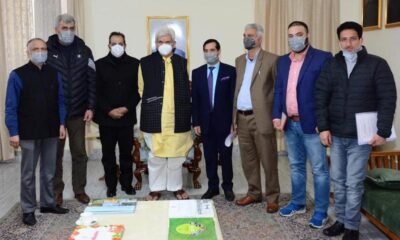

 Industry4 years ago
Industry4 years ago
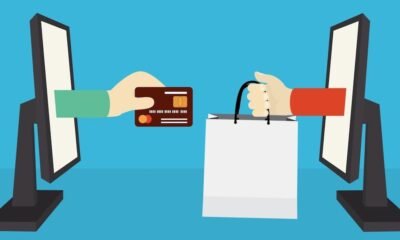

 Economy2 years ago
Economy2 years ago
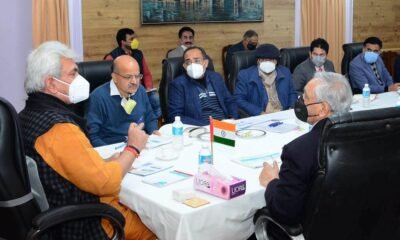

 Energy4 years ago
Energy4 years ago


 Infra4 years ago
Infra4 years ago
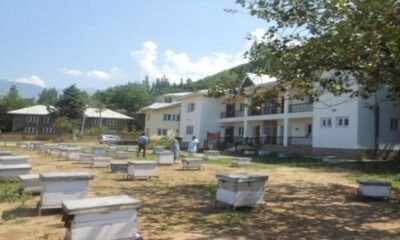

 AgriBiz4 years ago
AgriBiz4 years ago
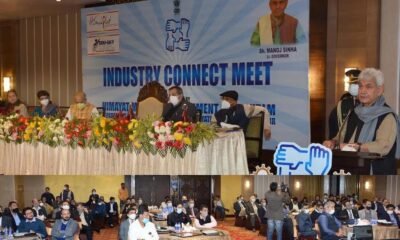

 Jobs5 years ago
Jobs5 years ago
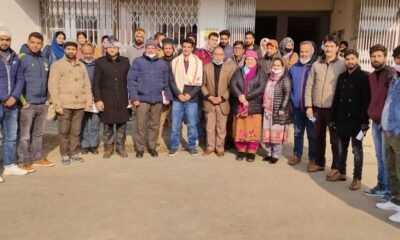

 Careers5 years ago
Careers5 years ago


 Industry5 years ago
Industry5 years ago
